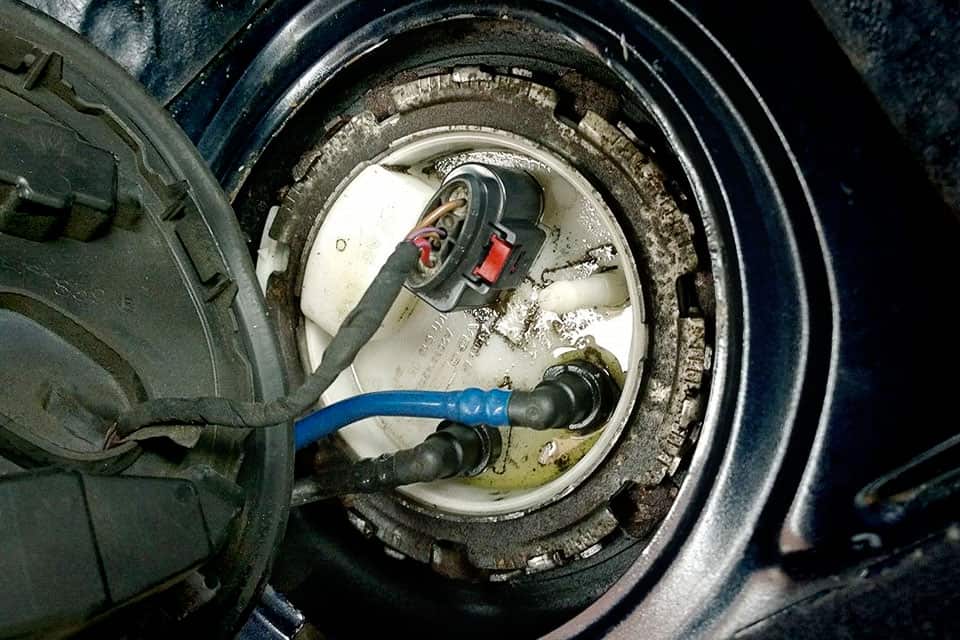The Solution for Leaking Fuel Pump Flanges in the Q5 and Q7
- Fuel is leaking out of hairline cracks in Continental fuel pump flanges.
- It's likely causes by "liquid contamination" from cleaning solutions and road salt slurries.
- 240,000 vehicles have been recalled to either repair or replace the flanges.

A fuel pump flange provided by Continental Automotive to Audi is developing hairline cracks, allowing small amounts of fuel to leak out. When it comes to flammable liquids near hot exhaust components it only takes a drop or two to spark a flame.
Audi owners say you can definitely smell gas in the cabin when the leaking starts.
Audi engineers aren’t 100% certain why this is happening but they believe “liquid contamination” might be breaking down the flange’s material. Acids from cleaning solutions and salt from road de-icing efforts are always a good bet when it comes to corrosion.
Continental says we shouldn’t rule out the possibility that the problem is related to the fuel tank’s location[1]. However, there’s no indication that the fuel tank in a 2013 Q5, for example, is any different place than previous model years.
Recall History ∞
In October 2016, Audi issued its first recall to stop the fuel pump flanges from leaking. Originally the recall covered the 2009-2012 Q5 and 2007-2012 Q7, later expanded to include the 2013-2017 model years of both SUVs as well.
In total, 240,000 vehicles have been recalled.
Originally Audi though adding a butyl band around the fuel pump flange was enough to control the leaks. But at the time, they didn’t have enough pads to go around so only certain vehicles received the repair.
Turns out the butyl tape alone isn’t enough to prevent fuel leaks from flanges that have already been exposed to outside contamination. So in December 2018, Audi re-recalled 6,000 vehicles from the original recall.
The new repair procedure for all recalled vehicles involves replacing the fuel pump flange and then applying butyl tape to protect them.
Continental’s Mary Arraf questioned the fuel tank location in an interview with Car and Driver ↩︎
Image of fuel pump flange from AudiWorld.com
Generations Where This Problem Has Been Reported
This problem has popped up in the following Audi generations.
Most years within a generation share the same parts and manufacturing process. You can also expect them to share the same problems. So while it may not be a problem in every year yet, it's worth looking out for.
1st Generation Q5
- Years
- 2009–2017
- Reliability
- 36th out of 39
- PainRank™
- 3.91
- Complaints
- 93
1st Generation Q7
- Years
- 2006–2016
- Reliability
- 33rd out of 39
- PainRank™
- 2
- Complaints
- 35